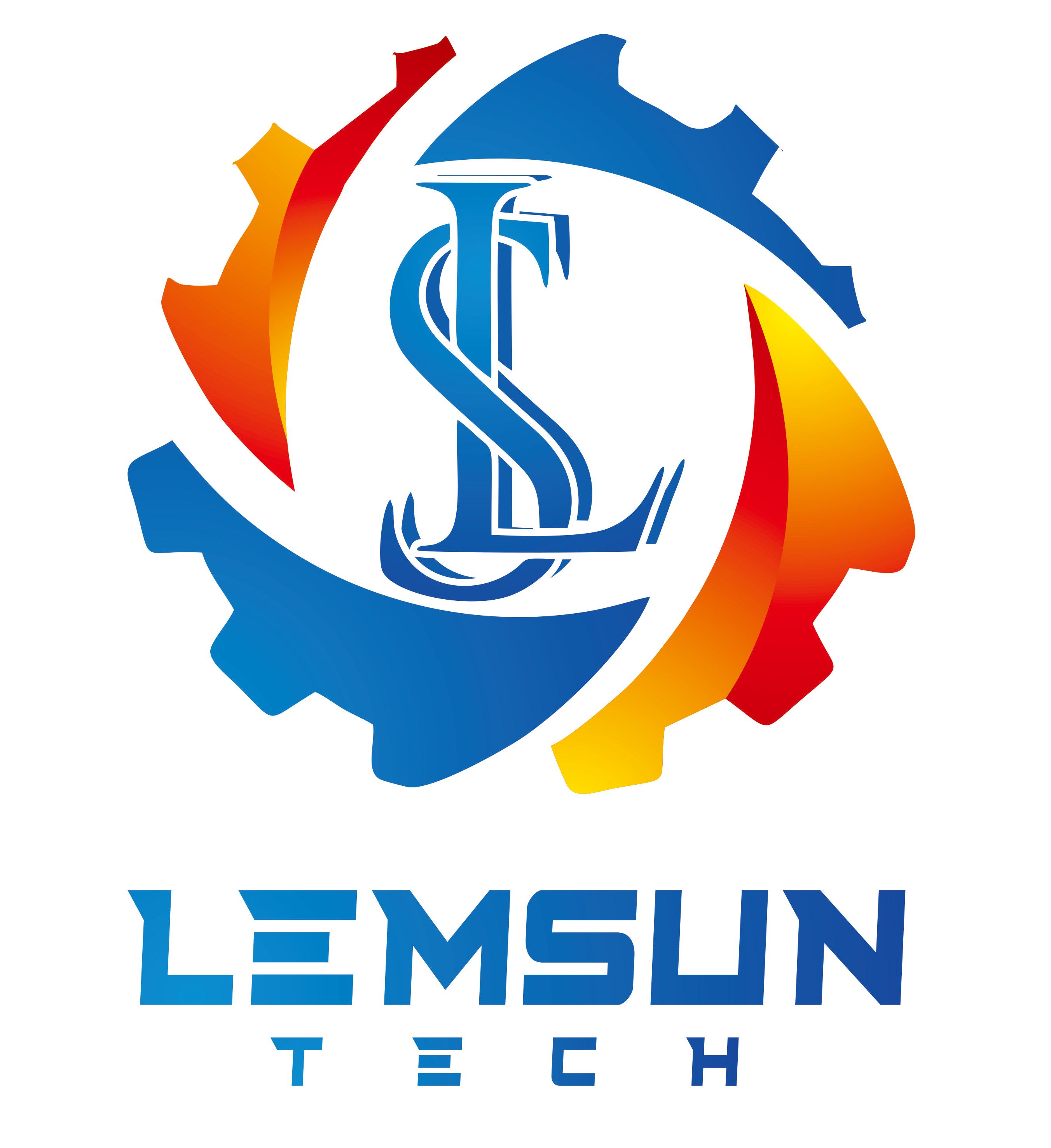1. Key Differences at a Glance
| Feature | Seiko 1536M | Seiko 1536L |
|---|---|---|
| Design Philosophy | Multi-Drop Grayscale | Large Single Drop |
| Native Drop Volume | Very Small (~3.5 pL) base drop | Very Large (~70 pL) single drop |
| Grayscale Capability | Yes. Can fire multiple small drops per pixel that merge into a larger, variable dot. | No. Designed to fire a single, large drop per firing cycle. |
| Optimal Resolution | Very High (HD/UHD). Achieves high resolution through grayscale. | Standard. Excellent for area coverage and bold graphics. |
| Viscosity Range | Lower (best for low-viscosity inks) | Higher (more tolerant of higher viscosity inks) |
| Firing Frequency | Very High (up to 36 kHz) | Standard (up to 18 kHz) |
| Key Strength | Precision, smooth gradients, fine text | Robustness, high opacity, strong coverage, specialty inks |
2. Detailed Comparison
Seiko 1536M (M = Multi-drop / Grayscale)
- Purpose: Designed for high-resolution, grayscale printing. It uses a technology called “Multi-Drop Grayscale” where it can fire multiple tiny (~3.5 pL) drops per pixel. These drops merge before hitting the substrate to form a single, larger dot of variable size. This allows for incredibly smooth gradients, fine halftones, and razor-sharp text without a “stair-step” effect.
- Ink Compatibility: Best suited for low-viscosity inks (typically in the range of 3-12 mPa·s). Its small nozzle diameter (approx. 18-20µm) is optimized for inks with very small particles to prevent clogging.
- Typical Applications:
- High-end graphic printing (photorealistic images, packaging proofing)
- Fine text and barcode printing (e.g., on product packaging)
- Printed electronics where precise, variable deposition is needed.
- Any application requiring a smooth, continuous-tone appearance.
Seiko 1536L (L = Large drop)
- Purpose: Designed for strong coverage, high opacity, and reliability. It fires a single, large drop (~70 pL) per firing cycle. It is built for durability and can handle a wider range of more challenging fluids than the 1536M.
- Ink Compatibility: Handles higher viscosity inks well (typically in the range of 5-20 mPa·s). Its larger nozzle diameter (approx. 40-45µm) is significantly more resistant to clogging from pigments, particles, or agglomerates, making it more forgiving and robust in industrial environments.
- Typical Applications:
- High-opacity white or spot color underprinting (e.g., in packaging)
- Printing with UV varnishes, primers, or adhesives.
- Industrial marking and coding (e.g., large expiration dates, logos)
- Printing functional fluids with larger nanoparticles.
3. How to Choose the Correct Printhead for Your Printer
The choice is almost entirely dictated by your application’s quality requirements and the properties of your ink. Follow this decision flowchart:
Step-by-Step Selection Guide:
- Define Your Application’s Primary Need:
- Is image quality, smoothness, and fine detail your absolute top priority? Do you need to print variable data like small text or complex barcodes?
- YES -> The Seiko 1536M is the clear choice. Its grayscale capability is its defining feature.
- Is durability, opacity, coverage, or the ability to print challenging inks your top priority? Are you printing bold graphics, large text, or functional layers?
- YES -> The Seiko 1536L is the stronger candidate. Its robustness and large drop size are its key advantages.
- Is image quality, smoothness, and fine detail your absolute top priority? Do you need to print variable data like small text or complex barcodes?
- Characterize Your Ink: This is a non-negotiable step. You must test and know your ink’s properties.
- Viscosity: Measure it at the operating temperature of the printhead (often 40-45°C).
- 3 – 12 mPa·s: Suitable for the 1536M.
- 5 – 20 mPa·s: Suitable for the 1536L.
- An ink with a viscosity of 10 mPa·s could potentially be jetted by both, so you would then choose based on the desired drop size (quality vs. coverage).
- Particle Size: The absolute rule. Maximum particle size must be < 1/100th of the nozzle diameter.
- 1536M (~20µm nozzle): Particles must be < 0.2 µm. Excellent filtration is critical.
- 1536L (~42µm nozzle): Can handle particles up to < 0.42 µm. Much more tolerant.
- Viscosity: Measure it at the operating temperature of the printhead (often 40-45°C).
- Consider the Total Cost of Ownership (TCO):
- 1536M: While the head itself may be a similar price, it can have a higher operational cost if used with unsuitable inks. It requires very clean, filtered ink and a more controlled environment to prevent costly clogging and downtime.
- 1536L: Generally has a lower operational cost in harsh environments. It is less prone to clogging, leading to less maintenance and higher uptime, which is critical in industrial production settings.
Final Recommendation:
- Choose the Seiko 1536M when you are printing for visual perfection and your ink is perfectly formulated for high-resolution jetting (low viscosity, no particles).
- Choose the Seiko 1536L when you need a robust, reliable workhorse for coverage, opacity, or functional materials, especially in a demanding industrial environment.
Post time: Aug-28-2025


